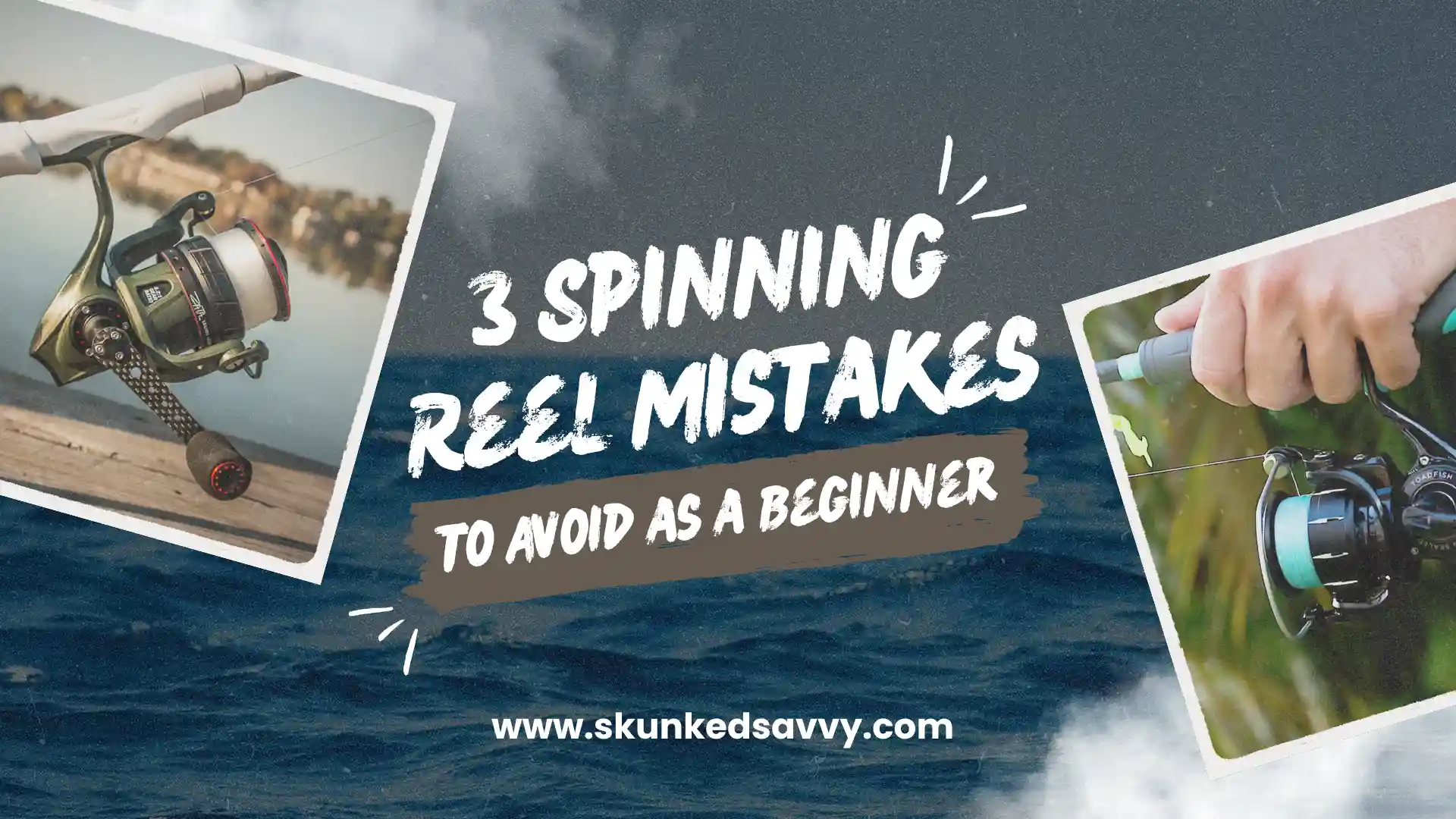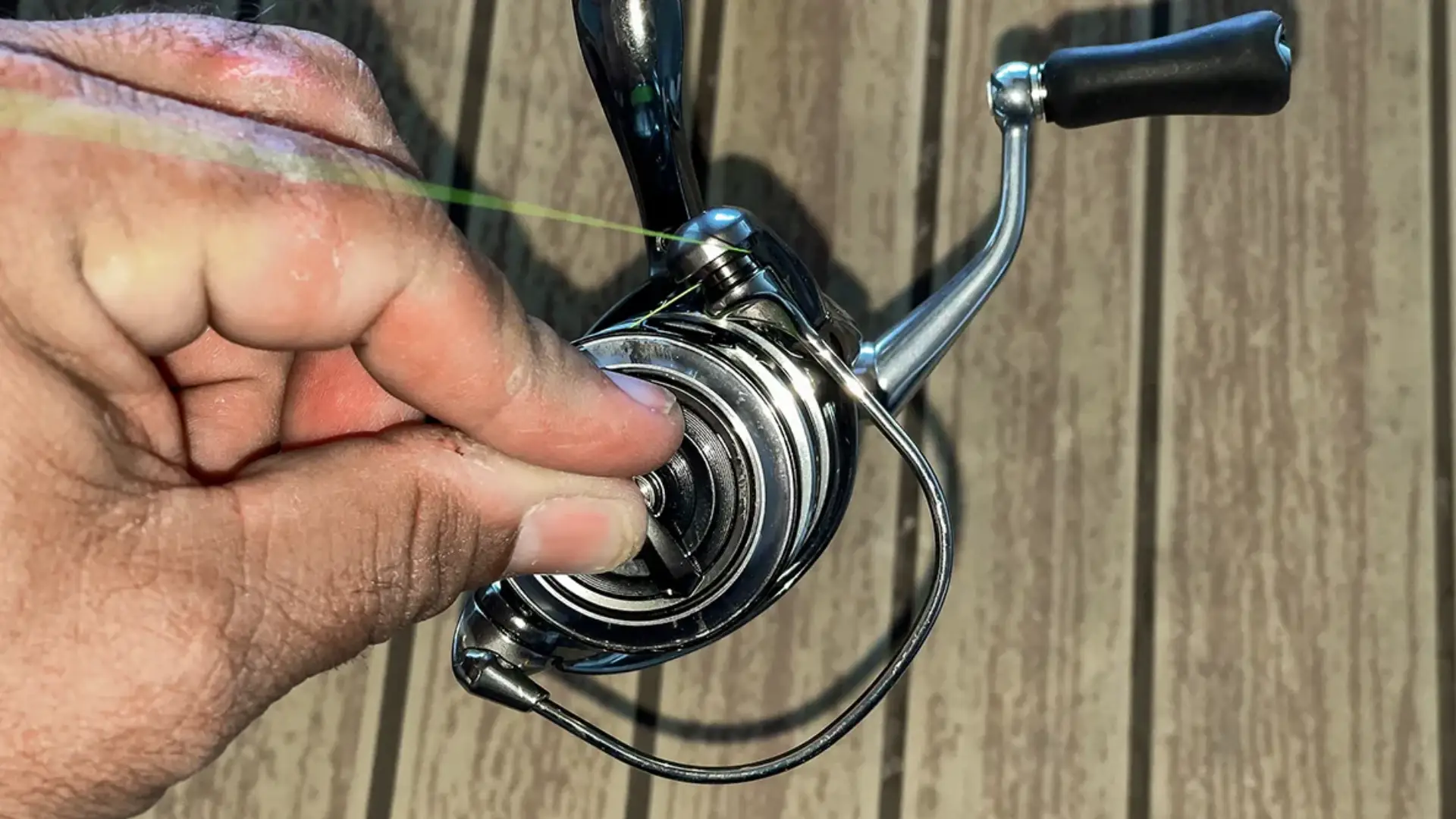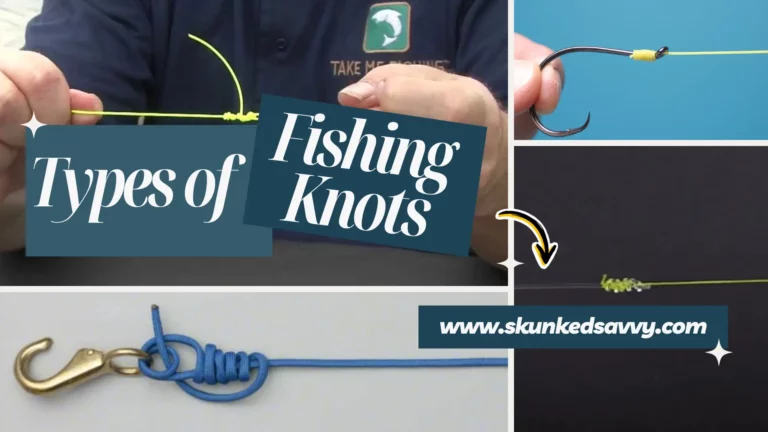3 Spinning Reel Mistakes To Avoid As A Beginner

Spinning Reel Mistakes
Novice anglers who are just starting out often have to experience challenges when it comes to spinning reels, which are essential fishing gear. Whether you use your spinning reel for all of your fishing adventures or just now and then, correcting common mistakes in your spinning reel technique can undoubtedly enhance your fishing experience. Trust me, by addressing these issues, your fishing trips will be less frustrating and more rewarding.

New anglers make many mistakes when using spinning reels, like overfilling or underfilling the spool, incorrect drag settings, auto-flipping, etc., which can result in losing the target and unnecessary frustration. I am going to walk you through some common mistakes that you might be making when using spinning reels and provide helpful tips on how to avoid them. Therefore, keep reading to enlighten yourself.
Overfilling or Underfilling
Important
The most basic mistake anglers make is the amount of fishing line they put on the reel’s spool.
Whether you put too much on the spool or too little, in both cases, you are making a mistake. You might be wondering how?
If you fill the spool with too much fishing line, it can lead to multiple issues, such as the fishing line becoming loose, forming knots, or clumping together. These issues will make retrieving and casting more difficult for you.

On the other hand, if you add too little fishing line, it will cause reduced casting distance. This happens because the line hits the spool during the casting, creating friction, which will require you to put in more effort to cast the bait effectively. Therefore, you must put an appropriate amount of line on the spool for efficient casting with a spinning reel.
What is an appropriate amount? You need to fill your fishing reel to approximately 1/8th of an inch from the spool’s edge. This ensures that you have the right amount of line, making casting a breeze.
Improper Drag Settings
Another mistake you could be making is not properly adjusting the drag system. You must take care of the drag system properly to prevent the fishing line from breaking so that you can reel in your target without excessively straining the fishing gear.
Important
Anglers should adjust the drag setting in a way that removes the drag sound during a hook set.

However, the drag setting should be loose enough to allow the fish to take the line if it makes a powerful surge. This will ensure that you have full control over the fish without exerting any extra pressure on the fishing line. Whereas if the drag system is too tight, there is a high chance of line breaking, resulting in the loss of your target.
Pro Tip
Change your drag settings according to changing conditions.
For example, if you use different types of lines, you should also change the drag settings to match those specific conditions.
Auto-Flipping
When the angler flips open the bail for casting, it allows the line to flow off the spool after releasing it with the fingers. However, there is a common mistake that most anglers make, and that is that instead of manually closing the bail after casting, they let the reel handle automatically close the bail. This habit of yours can lead to many issues.
The first problem is that this action is bad for your fishing reel. When the bail automatically flips down, it can cause the spinning reels’ main gears to engage in an unnatural way, which leads them to grinding and becoming less effective.

The next problem auto-flipping causes is line twists and tangles. If you reel in the line when it is slack, you will end up reeling in a loop of line around the spool. This can cause different problems in your reel, including your reel getting jammed.
If you make the habit of manually flipping the bail as soon as your bait lands in the water, it will remove slack in your line. This habit will save you from tangles and twists and will also help you detect early fish bites.
Concluding Statement
In essence, many anglers, especially novices, make multiple common mistakes when it comes to using spinning reels. The most common mistakes include overfilling or underfilling the spool, incorrect drag settings, and auto-flipping. Moreover, some anglers also make the mistake of using the wrong line, which can lead to reduced casting distance, line breakage, or difficulty in detecting bites.
By avoiding these common problems, anglers will be able to enjoy a frustrating-free fishing experience and increase their chances of catching more fish. Remember, it is okay to make mistakes, but you must learn from them to improve.






